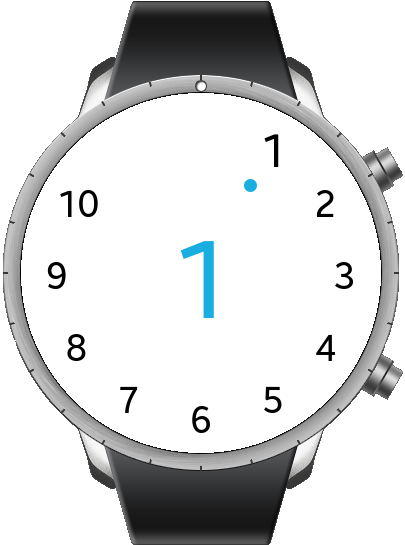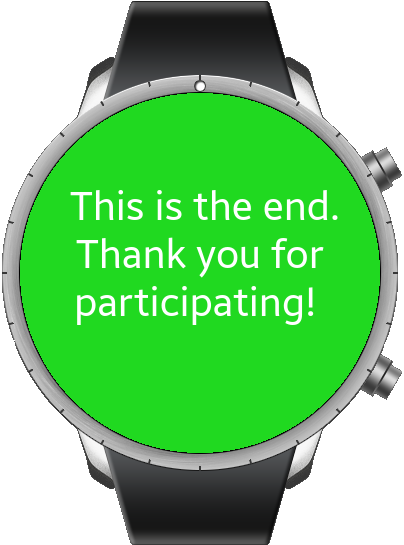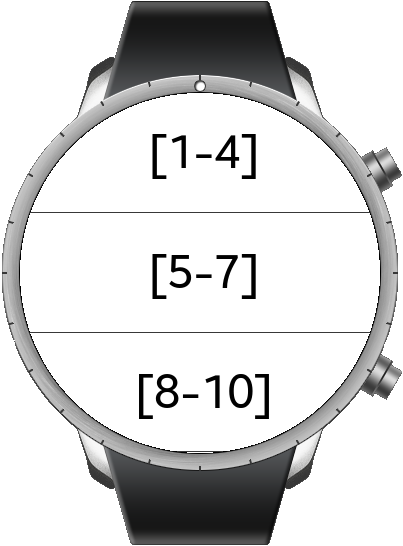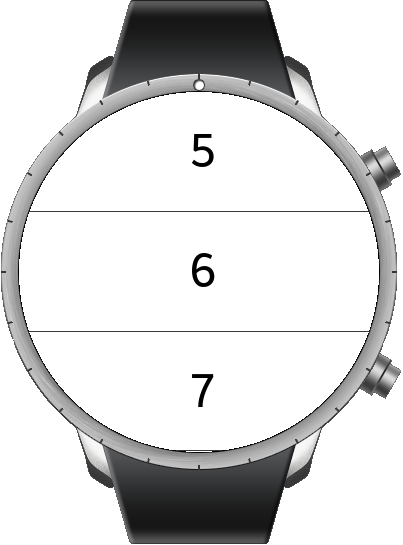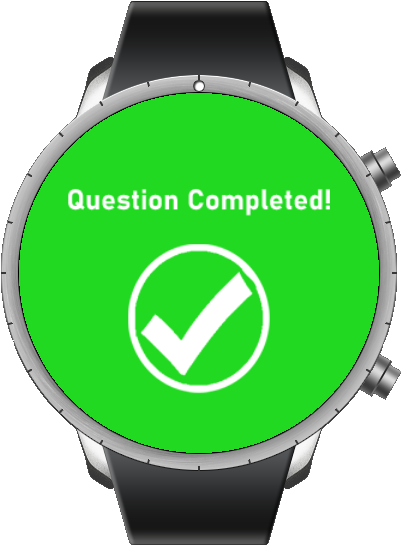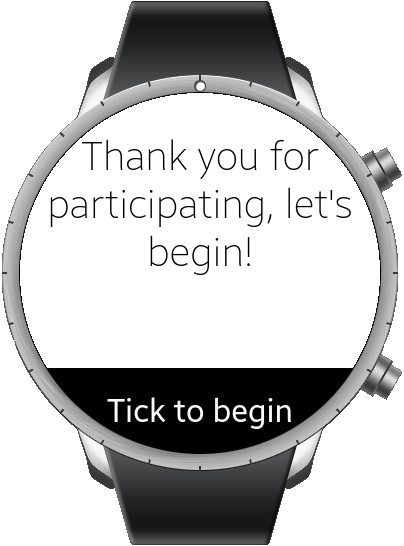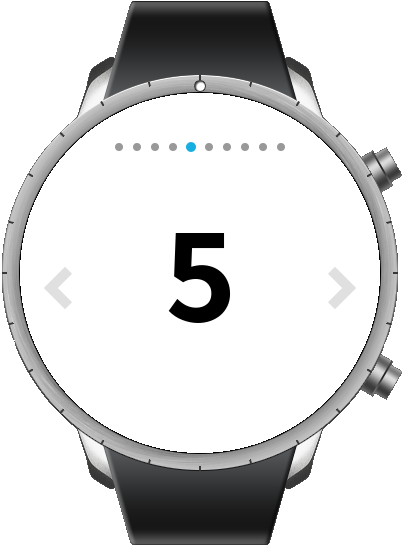PROJECT NAME
Usability in Wearable Experience Sampling (UWES)
TIME
September 2022 - January 2023 (5 months)
PUBLICATION
DESIGN BRIEF
Design and develop a smartwatch-based Experience Sampling Method (ESM) application that optimizes usability across different interaction styles and physical activity levels to improve data input efficiency and user experience.
ACTIVITIES
User Interface Design, Coding, Prototyping, User Testing, Data Collection & Analysis
CONTEXT
This research explores how different interaction styles linked to varying levels of physical activity influence the usability of Experience Sampling Method (ESM) on smartwatches. The study aims to improve smartwatch-based ESM applications, whether users are sitting or walking. The study seeks to determine the most efficient and user-friendly interaction method for data input on smartwatches, to decrease the burden of the participants. The interaction styles which are investigated are Bezel Rotation, Swiping, and Multi-Screen Tapping (MS-Tapping) interactions.
DESIGN PROCESS
The design process involved developing the smartwatch application, implemented using the Tizen Web API and the Tizen Advanced UI (TAU) framework. The application was structured to ensure usability across different interaction styles, with randomized question sequences and input methods to minimize learning effects. Design choices included ensuring visual clarity, adding directional indicators for swiping, and creating a simple black/white-blue theme to prevent distraction. The application was tested on the Samsung Active 2 smartwatch, selected for its compatibility with various interaction styles and its previous use in ESM research.
OUTCOME
The evaluation involved 18 participants answering questions using each interaction style while sitting and walking. Task completion time, error rates, and user preferences were recorded. A semi-structured interview provided qualitative insights into user experience. The results indicated that MS-Tapping was the most efficient and preferred interaction style, as it required the least time and had the lowest error rate. No significant performance difference was found between sitting and walking conditions. The results of this research have been taken to further research by other researchers, which resulted in a publication that can be found here.
